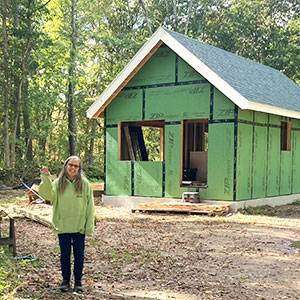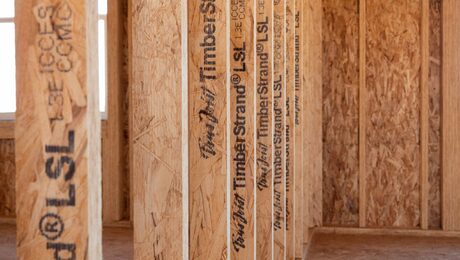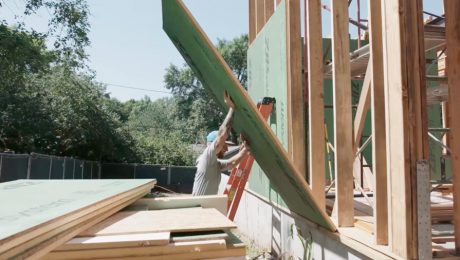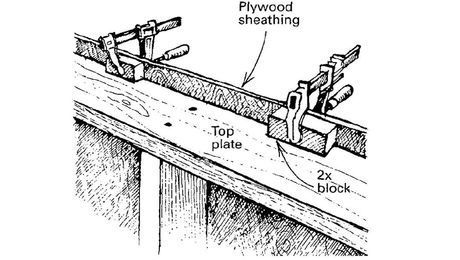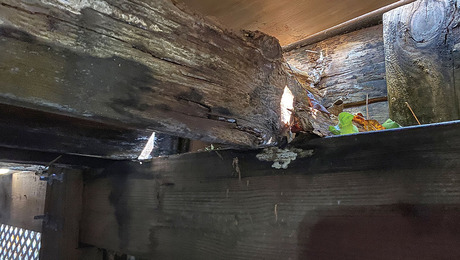Q:
Between job sites and the shop, we produce an abundance of plywood scraps that we either burn on site or throw into a dumpster. Does burning plywood produce deleterious emissions into the air? Is it better landfilled?
Jim Ludwig, Tunbridge, VT
A:
Alex Wilson, editor of Environmental Building News in Brattleboro, Vt., replies: While many states either prohibit all open burning of construction debris or at least prohibit burning in more populated areas, few states differentiate between wood and manufactured wood products such as plywood, OSB or particleboard. Vermont is the only state I know that does so. In Vermont, it is illegal to burn any kind of wood except natural, untreated, unpainted wood; plywood and related products cannot be burned legally.
According to Phillip Etter of the Vermont Agency of Natural Resources, Vermont’s prohibition against burning manufactured wood products is based on concern that low-temperature combustion of these products may release high levels of formaldehyde and, possibly, more dangerous compounds. He says the ammonium chloride used as a catalyst in some manufactured wood-product resins may result in hydrochloric acid or dioxin emissions under certain conditions.
The only studies I could find comparing combustion emissions of natural wood vs. manufactured wood showed very little difference between the two. A study by researchers at the University of Wisconsin and the U. S. Department of Agriculture Forest Products Laboratory in Madison, Wisconsin, looked at total hydrocarbons, formaldehyde, total aldehydes and carbon monoxide emissions from burning natural aspen and aspen flake board. The study simulated industrial boiler-firing conditions with high combustion temperatures (1,500° to 2,400° F) and increased air supplies. At the lower ranges of temperature and excess air, hydrocarbon, formaldehyde and carbon monoxide emissions from the flake board were somewhat greater than those for natural wood. Low combustion temperatures and limited-oxygen conditions characteristic of open burning or wood stoves were not studied, but it’s reasonable to conclude that under such conditions, more pollution will result from burning manufactured wood than natural wood simply because combustion is more complete at higher temperatures.
Whether on-site burning of manufactured wood is significantly worse than on-site burning of natural wood is still unknown. If you’re considering burning plywood scraps in a woodstove equipped with catalytic combustion, you should be aware that the resins in the plywood may damage the catalyst.
While the merits of on-site burning vs. land filling can be debated at length, the best option is to do neither. Instead, try to design buildings to optimize use of materials; that is, design on 4-ft. modules. You should also attempt to separate plywood and other wood scraps on the job site so that smaller pieces can be located more easily, and try to use scraps of plywood instead of 2xs for nailers, spacers in headers and the like.





